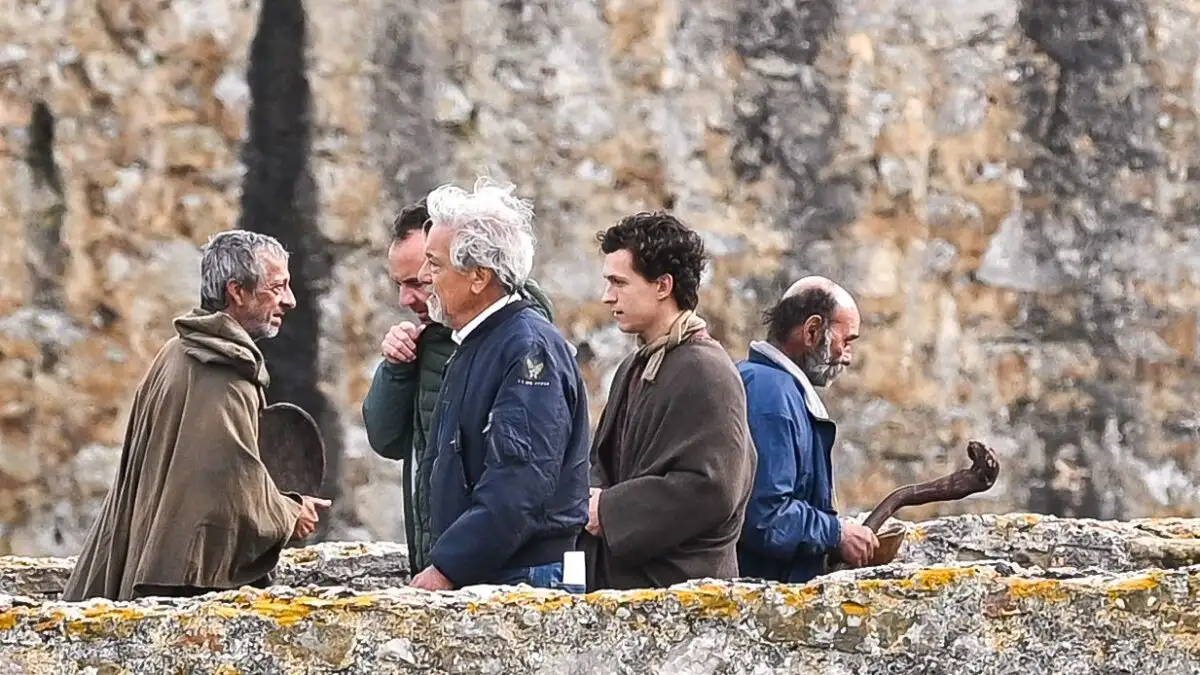The Assassin's Creed franchise has long been celebrated for its ability to transport gamers to meticulously detailed historical cityscapes. From ancient Damascus to Athens, each installment offers players an immersive experience in a bygone era. The upcoming release, Mirage, continues this tradition by plunging players into the vibrant world of ninth-century Baghdad, the capital of the Abbasid caliphate. In this article, we will explore the significance of ninth-century Baghdad, its architectural marvels, and how Mirage pays homage to the rich legacy of Islamic art and architecture.
The Historical Context
Ninth-century Baghdad, founded in 762 by al-Mansur, the Abbasid caliph, was a thriving metropolis that played a pivotal role in shaping the medieval world. It was a hub of international politics, intellectual pursuits, the arts, and a bustling global economy. Architectural historians have meticulously reconstructed the city's layout, despite the absence of archaeological remains.
Baghdad, often referred to as the Round City, was designed with circular urban planning reminiscent of ancient Sasanian practices. It spanned approximately 3,000 meters in diameter and was predominantly constructed using mud-brick, a favored building material of the region since antiquity. The city featured two concentric circular walls, surrounded by a moat, and adorned with four domed gates, each crowned with a lance-bearing figure. At its center stood the grand domed Golden Palace of the Abbasid caliph.
Within the city walls, one could find the main mosque, elite residences, official government spaces, grand avenues leading to surrounding quarters, palaces, gardens, canals, bridges, markets, baths, and industrial areas. These detailed descriptions left behind by medieval scholars offer a glimpse into the opulence and complexity of ninth-century Baghdad.
Archaeological Remains
Regrettably, very little physical evidence from the ninth century survives in modern-day Baghdad. Most of the extant archaeological remnants date back to the later Abbasid period, particularly the 13th century. Notable structures include the Mustansiryya Madrasa, with its monumental gate adorned with intricate geometric patterns and inscriptions, and the shrine of 'Umar al-Surawardi, featuring a characteristic conical muqarnas dome.
A notable artifact is a marble prayer niche (mihrab) preserved in the Iraqi National Museum, which may be one of the few surviving remnants from the ninth-century palace city. However, no comprehensive architectural remains from that era have endured the test of time.
Clues from Other Sites
To better understand what ninth-century Baghdad looked like, scholars have turned to archaeological sites such as Al-Rafiqa in Raqqa, Syria, and Qadisiyya near Baghdad. These cities functioned as imitations of the Round City, providing valuable insights into its architectural style and layout. Additionally, the archaeological site of Samarra, founded in the 9th century, offers further clues with its grand palaces, monumental gates, and similar decorative elements.
Mirage: A Fantastical Interpretation
Mirage, as presented in its trailers, offers a breathtaking and fantastical rendition of Baghdad that never truly existed. While it takes artistic liberties, the game's art and architecture evoke diverse influences from various times and places beyond Baghdad and the caliphal age. Players will encounter elements reminiscent of medieval North African gates, early modern Iranian bazaars and mosques, domed tombs from South and Central Asia, and tiled interiors from the Iberian peninsula.
A Showcase of Islamic Art and Architecture
Some scholars of Islamic art and architecture may express disappointment at the liberties taken in Mirage. However, I view these artistic choices as an opportunity to showcase the wealth of Islamic art and architecture from different regions and time periods. Islamic architecture is a profound tradition, often misunderstood or unfamiliar to those outside Muslim-majority regions. Mirage serves as an homage to this tradition, making these riches visible and relevant to a global audience.
In conclusion, Assassin's Creed's Mirage transports players to ninth-century Baghdad, offering an immersive experience in a city of historical significance. While the game takes artistic liberties, it provides a unique platform to appreciate the diverse influences and rich legacy of Islamic art and architecture. By doing so, it contributes to a broader understanding of this remarkable cultural heritage, bridging the gap between the virtual world and the real historical treasures that await discovery.











